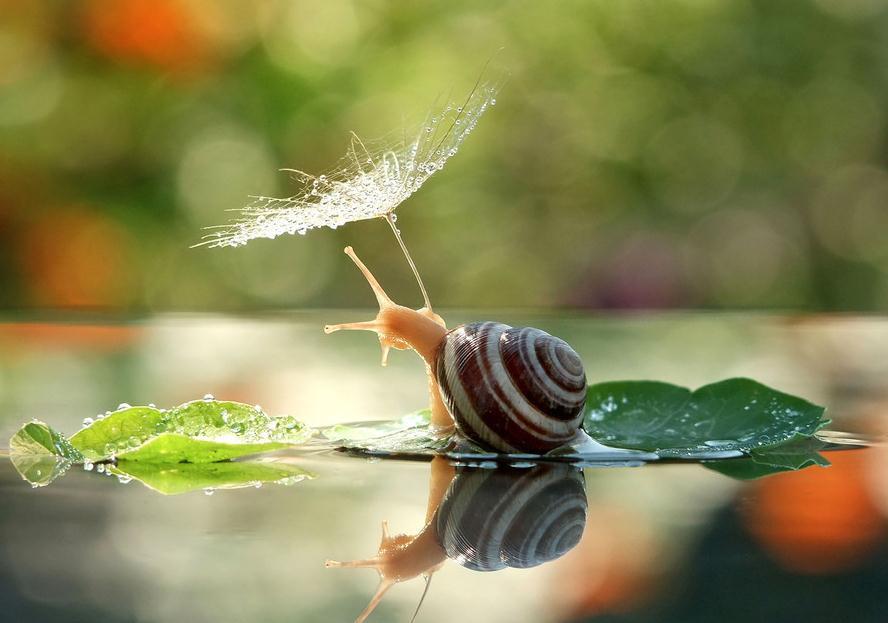A Sanskrit word which means “truth”, “suchness”, “true being.” We understand that a “tattva” is a vibration of the Ether, which in its place is a transformation or vibration of Prana or Solar Light.
Trikaya
In Buddhism, the Logos is the Trikaya: Dharmakaya, Sambogakaya, Nirmanakaya.
Vajra
In Sanskrit: वज्र, Tibetan: Dorje རྡོ་རྗེ “thunderbolt, lightning, diamond, adamantine”. In Hinduism, the weapon of Indra. In Tibetan Buddhism, a symbol of true reality, the Emptiness, the Absolute, that which is indestructible.
The tip of the vajra [phallus] is placed firmly in the lotus [vagina]
And mind as the syllable HUM is brought into the central channel [of the spine]; Dalai Lama: Innate Joy.
Vajrasattva
(Sanskrit; Tibetan dorje tekpa) Literally, Diamond Vehicle, or Diamond Soul. In Buddhism, Vajrasattva is a symbol of the purifying aspect of divinity.
“People imagine that our Father who is in Heaven is a Lord who is seated there. Yet, if we profoundly reflect on this, we discover the Monad, the number one, the origin of all of the other unities or Monads. It is clear that the Monad needs something in life in order to Self-realize. What is it that the Monad needs? We find the answer in the light of Sanskrit. It needs “Vajrasattva,” which means “a Diamond Soul.” This is a Soul that has no “I,” that has eliminated all of the subjective elements of perception; these subjective elements are the “I’s” and the three traitors of Hiram Abiff, or in other words, Judas, the demon of desire, who is mistakenly confused with the Astral Body; Pilate, the demon of the mind, who is confused with the Mental Body; and Caiaphas, the demon of Evil Will.” – Samael Aun Weor, Tarot and Kabbalah
